Description and cultivation of the best varieties of Peking cabbage
In our climatic zone, the cultivation of such a vegetable as Peking cabbage Glass has become popular. This vegetable came to us from Beijing, where it is popular as appetizers for main dishes. The salad vegetable attracts special attention due to its characteristics. Peking contains vitamins such as A, C, E, K, B, beta-carotene. Microelements necessary for a healthy life of the body, such as magnesium, potassium, calcium, iron, sodium, phosphorus, zinc, manganese, copper, selenium. Some fats, vegetable proteins and carbohydrates.
This is a kind of salad, eaten raw, stewed, boiled, baked. It is best to eat it fresh. This way all vitamins and minerals are preserved.
Many gardeners are wondering - which Peking cabbage to choose for growing on their site? Now we will review the best varieties of this healthy vegetable, which have already been planted, and they are produced by breeders for central Russia.
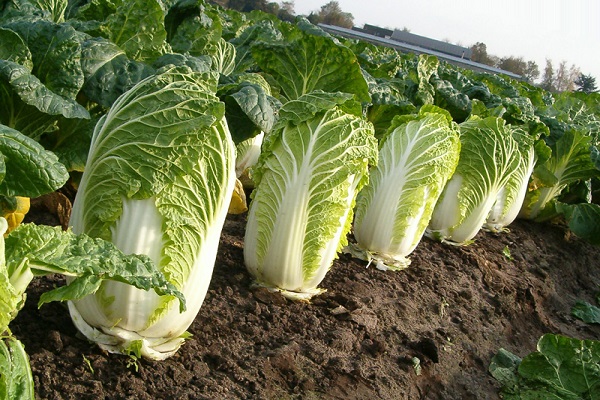
Peking cabbage varieties
- Russian size - hybrids with high yields, grows under any conditions. Heads ripening time varies from 75 days or more. The head of cabbage is oblong, outside the leaves are bright green, inside are yellow-white creamy wrinkled leaves. The size of the cabbage reaches 4 kilograms. The variety is resistant to temperature extremes, disease resistant. Contains a large amount of nutrients. This is the largest type of "Peking" that does not require additional care. By its name, the variety speaks of the large size of the fruit.
- Cha cha is an early ripening variety, the seeds planted on seedlings are ready for harvesting in 45-50 days. On average, a mature head of cabbage f1 Cha weighs 3 kilograms, suitable for growing in central Russia. Good quality seeds are produced by Bejo.
- Peking cabbage Bilko f1 is a hybrid of medium ripeness, the period from planting on a ridge to harvesting lasts 65 days, a ripe head of cabbage weighs up to 15 kilograms, the shelf life of this variety is about 2 months. The taste is sweet, yellow leaves. Bilko f1 cabbage is resistant to arrow formation, as well as to most popular diseases.
- Richie cabbage - in ripe form reaches a size of 2.5 kilograms, grown for direct consumption. Richie f1 is resistant to popular diseases such as mucus bacteriosis. The seeds are produced by the Bejo firm.
- Nika is a late variety of Peking cabbage, suitable for growing in private plots, the shelf life of this variety is no more than 3 months. The mass reaches 3 kilograms, up to 12 kilograms of Nick's cabbage harvest is removed from 1 square meter. The leaves are green and yellow in cross-section.Resistant to such unpleasant phenomena as cruciferous keels, flowering. Nika is used fresh and fermented.

- Yuki f1 cabbage is an early ripe variety, gardeners plant this cabbage under a film for a quick harvest. Has a high resistance to disease.
- Hydra is a mid-season variety, 60 days pass from planting to ripening, the leaves are dark green, wrinkled. Lush ajar head. This type of "pekingki" is not suitable for storage, it is eaten immediately after harvest. The seeds are also marketed by Bejo.
- Peking cabbage Manoko f1 is an early ripe hybrid Peking variety. It has a small head size - up to 1 kilogram, Monaco is resistant to popular diseases. The leaves are light green, not destroyed during transportation.
- A glass is a mid-season variety, 70 days pass from planting to harvest, a medium-sized head of cabbage, about 2 kilograms. The color of the leaves is yellow-green. The vegetable is picky about care and favorable conditions.
- Peking broadleaf - early varieties of cabbage, has no resistance to keel, the growing season is 50 days. Not suitable for long-term storage.
- Slides f1 description is practically the same as the Nika variety, but the fruits are slightly smaller, they are 2.5 kilograms, the cabbage is well stored and suitable for fermentation. Produced by the agricultural firm Bejo.
- Vesnyanka - early ripening variety, the growing season lasts 35 days, Leafy, suitable for direct consumption in the form of salads. The view is not prone to arrowing.
- Asten - the weight of the vegetable reaches 1.5 kilograms, has a round shape with dark green lettuce leaves.
These are the best Chinese cabbage varieties that taste great. Seeds are supplied to Russia by various manufacturing companies, one of them has established itself on the positive side thanks to high-quality seeds - this is the Bejo company from Holland.
Color - what is it and how to fight
When daylight hours lasts a long time, Chinese cabbage is located to the formation of arrows, in order to prevent this trouble, gardeners use the following control methods.
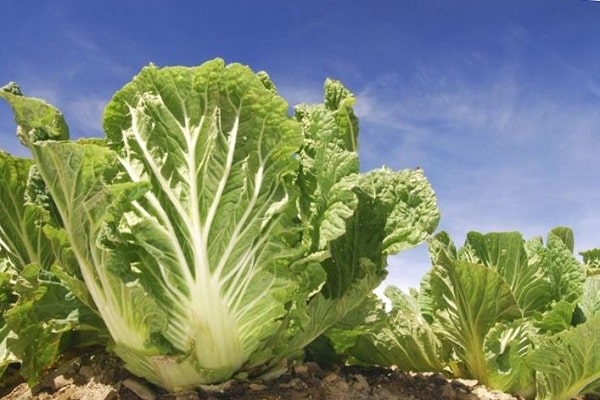
Choosing the right seeds is the main way to fix the problem. With a long daylight hours, such varieties of Peking cabbage that are resistant to flowering as Champion, Monaco, Miraco, Kyustar, Gilton, Optico are suitable.
The second way to fight is self-control. So, in fertilized soil, subject to the distance between plants of 30-40 centimeters, if the seedlings are hardened, the roots are damaged, then flowering will arise.

You should choose a site for seedlings in a sunny, but not ventilated place, the soil for seedlings is fertilized with nitrogen and potassium. Before planting, compost fertilizer is applied to the soil.
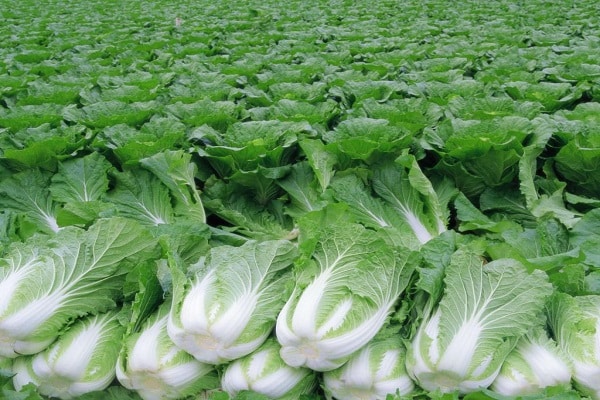
How to grow cabbage in your garden
In our climate, Chinese cabbage is grown, like ordinary cabbage, in two ways - seedlings and seeds. Consider how to grow Chinese cabbage in our strip.
Preparation of seedlings for further cultivation on the ridge is as follows. Cabbage seeds are planted in prepared soil 1 centimeter at a distance of 2 centimeters in containers of peat. Sprinkle with plenty of warm water for 3 days.
When the seeds germinate, the containers are placed in a lighted area and after 25 days the seedlings are placed in the main growing area. The distance between the seedlings is maintained at 35-40 centimeters. There should be a distance of 50 centimeters between the rows. After planting, the earth is compacted. It is necessary to carefully handle the roots when planting, breaks will lead to the shooting of the vegetable.
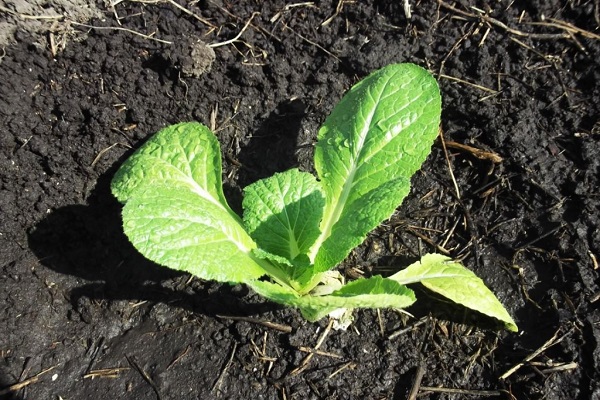
Sowing seeds is carried out as follows. Landing in the ground is carried out in warm, sunny weather. Planting holes are made at a distance of 40 by 50 centimeters. The grains are planted 2 centimeters long and covered with a film for germination.
After germination, the film is removed and the care of the seedlings consists in loosening and hilling the soil around the plants, watering and feeding.

The characteristics of the vegetable allow you to harvest 2 times per season, while the first planting is done in May, the second in July.
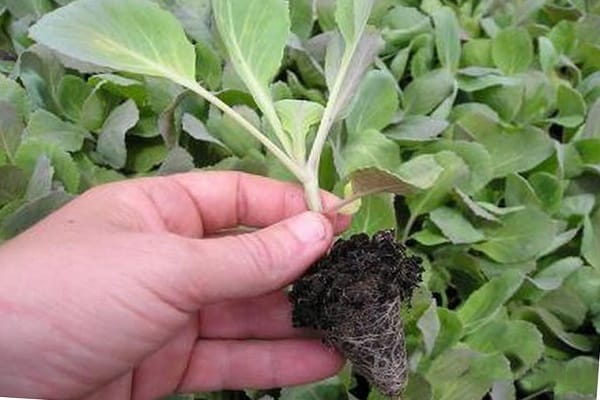
Harvesting
For the preparation of salads, the top leaves are plucked and eaten, vegetables for storage are cut along with the stump, lifting all the tops up. Different varieties of "Peking" are stored in different ways - so varieties in which the leaves do not close - are used directly for food, during storage the leaves will wither and the head of cabbage will dry out. The head of cabbage covered with leaves is stored until December - February. The late-ripening variety Nika is perfectly stored in winter, and is also suitable for harvesting.
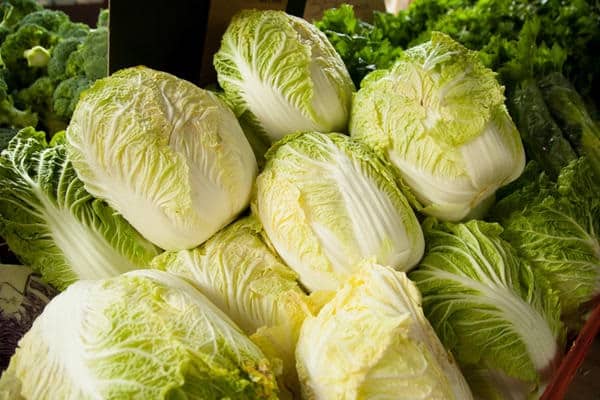
Due to the fact that the growing season of a vegetable is 2 months, you can independently choose the time of planting and harvesting.
Peking early cabbage is used immediately after harvesting for food, but middle and late varieties can be stored, fermented and prepared from them for the winter.
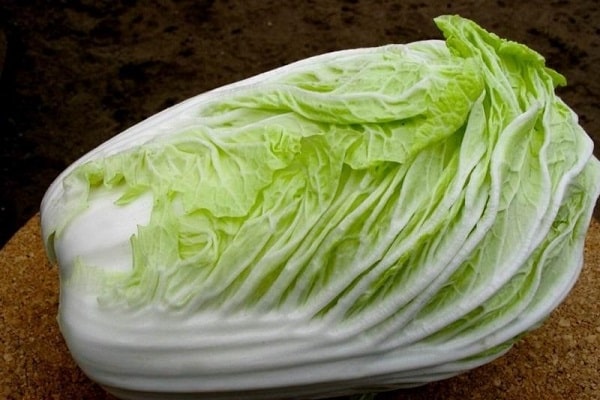

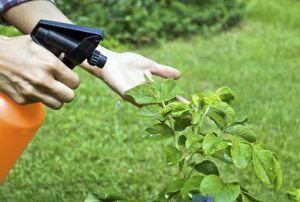


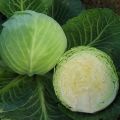
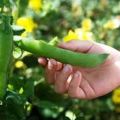
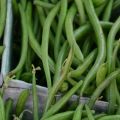

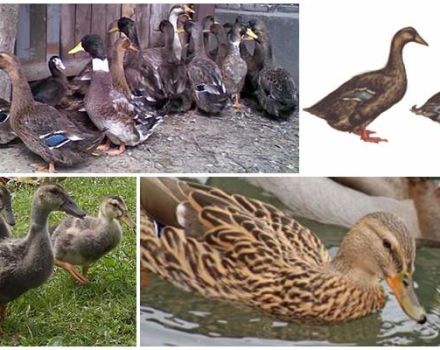

Peking cabbage began to be grown recently, a couple of years ago. In the first year, the Nika variety gave a small harvest, but the cabbage itself is very tasty and tender. And last year I achieved a bountiful harvest using a bioactivator of growth. BioGrow, not only made salads, but also fermented, handed out to relatives.